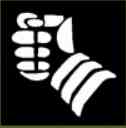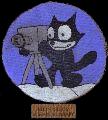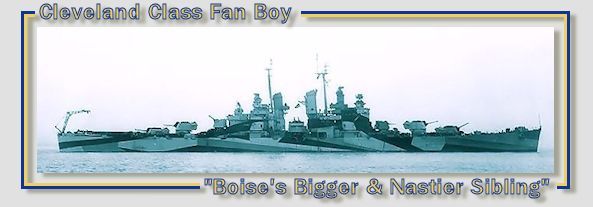crsutton
Posts: 9590
Joined: 12/6/2002
From: Maryland
Status: offline

|
quote:
ORIGINAL: obvert
quote:
ORIGINAL: crsutton
The blemheim is just a pitful plane to put into combat without escort. I would not do it. The air frames are one thing but for the Allies bomber pilots are just as critical in 1942. The Allies just can't fight everywhere. Those blemheims would have served better training up pilots. I think in 42 the Allies need to concede air superiority in some theaters. It hurts to watch but in the long run he would be better off.
Crap I hated the Tojo in late 42. I had nothing that could really handle it and that gap does not close until the hellcat comes on line in the spring of 43. The smattering of lightnings and corsairs on hand just are not enough to staunch the flow. Once the F6F comes on line the Allies can start to think a little more offensively.
In real life the Tojo was not a great aircraft, but in the game it is king for almost a year. Enjoy yourself while you can.
Interesting you've read/heard this. I've always read the opposite, that it was one of the best the Japanese fielded but due to politics, manufacturing concerns, and pilots initial lack of interest in the faster, less maneuverable aircraft, it didn't see much action early but eventually actually fared well in combat. I have read a few comments from US pilots saying the same, including the one below.
Here some interesting comments by Mustang pilot 'Ax' Hiltgen of the 530th Fighter Squadron (from Roger Freeman's "Combat Profile: Mustang"):
"Altitude was important to get over the bad weather in combat and when we encountered 'Tonys' and 'Tojos' - particularly the latter."
"Fortunately for us, as the Japanese planes got better - with the 'Tojo' the best - their fighter pilot quality plummeted."
"As mentioned earlier, the only Japanese plane that came close to the characteristics of the P-51 was the 'Tojo'. With the 'Oscar' and 'Zero', if you stayed out of tight, slow manoeuvres and used the advantages of the Mustang you would win."
(He might not have encountered the Nakajima Ki-84 before he was rotated out of the theatre. However, from aviation enthusiasts familiar with the Japanese perspective, I've heard that the Ki-84 gave a lot of trouble initially and did not develop full engine power, so that many pilots still preferred the mature Ki-44 which gave comparable performance.)
Sorry for the hijack John!
Well on paper it looked good and compared to it's comtemporaries it was a far better plane. It was fast and had a sweet rate of climb but like all Japanese planes in 42-43, was not as well armed as Allied planes and lacked self sealing tanks. And I think the early version has some quality issues as well. Four heavy MGs look good but the syncronized center guns had a much slower rate of fire. And Japanese pilots found it difficult to fly. Not just because they preferred dogfighting planes but because it was hard to fly. Allied pilots were caught off guard by the plane intially. Lack of decent range made it a defensive fighter which is only good if you are losing a war. Acutally, few Allied planes other than the hurricane and buffalo fought the tojo in 1942. By 1943 all Allied second generation fighters were faster except the hellcat but the hellcat was not designed to fight the tojo. Somebody mentioned one pilot's account that it was more maneuverable than the corsair but I can't think why any corsair pilot would try to dogfight a slower tojo? Acutally, few Allied planes other than the hurricane and buffalo fought the tojo in 1942. By 1943 all Allied second generation fighters were faster except the hellcat but the hellcat was not designed to fight the tojo. Somebody mentioned one pilot's account that it was more maneuverable than the corsair but I can't think why any corsair pilot would try to dogfight a slower tojo?
I really do not think the tojo fought the P40 but a handful of times.
The later tojos were better planes but not really much faster and totally outclassed by the speed of Allied fighters. The cannon equipped tojos could shoot down bombers but the slow muzzle velocity of the 20 mm and larger guns put them at a great disadvantage in combat with fighters.
I think the tojo gets praise largely because it was so much better than the other Japanese product of the same era. But measured against Allied aircraft was only just a fair aircraft.
_____________________________
I am the Holy Roman Emperor and am above grammar.
Sigismund of Luxemburg
|
 Printable Version
Printable Version











 Anyway, BOTH Units surrender to the 48th ID and a THAI Division. Combined losses are equal about 2,000 men plus Tanks and Artillery.
Anyway, BOTH Units surrender to the 48th ID and a THAI Division. Combined losses are equal about 2,000 men plus Tanks and Artillery. 
















 New Messages
New Messages No New Messages
No New Messages Hot Topic w/ New Messages
Hot Topic w/ New Messages Hot Topic w/o New Messages
Hot Topic w/o New Messages Locked w/ New Messages
Locked w/ New Messages Locked w/o New Messages
Locked w/o New Messages Post New Thread
Post New Thread